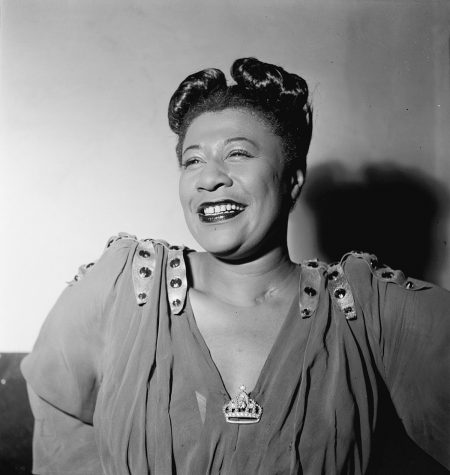The Men and Women Behind Black History Month
February 16, 2021

Black History Month. What is it and how did it come about?
Created in February, 1926, Carter G. Woodson wanted all Americans to know the significance and role African Americans have played in our history. He believed that his status in society was to use black history and culture as a weapon in the struggle for racial uplift. Designating the entire month of February annually does just that.
Woodson was the second black American to graduate with a PhD in history from Harvard University. He was seen as a role model to all minorities as the chance to get a fair and equal education. The important thing about Woodson was that he was devoted to history. He loved the subject and wanted everyone around him to share in his passion. When he realized that not every African American would be able to attend college, he established the “Association for the Study of Negro Life and Culture,” an organization whose goal was to make black history accessible to a wider audience.

Although he was not the only one yearning for a social change and more representation. In the 1920s, dozens of African American social movements were on the rise. The Harlem Renaissance, which occurred in the 1920s to 1930s, was able to capture but a few with Ella Fitzgerald, Georgia Douglas Johnson, Louis Armstrong, and Duke Ellington. These paramount people captured the heart of the culture of cities and people who feel hidden in the large cities. By speaking out and fighting to be in the spotlight, they provide positive images of minority artists.

A way to use our history is to prove to America that African Americans have played vital roles in the development of government, society, and the arts. These men and women and all those who have been forgotten by the world deserve to be treated equally as citizens, that, is the importance of Black History Month. To celebrate heroic figures, Woodson hoped that equality would soon follow. His “Negro History Week” soon expanded into a month in 1976. Throughout February every year, we increase the light shed on African American life and history. This month marks the fight for racial equality transformation.
